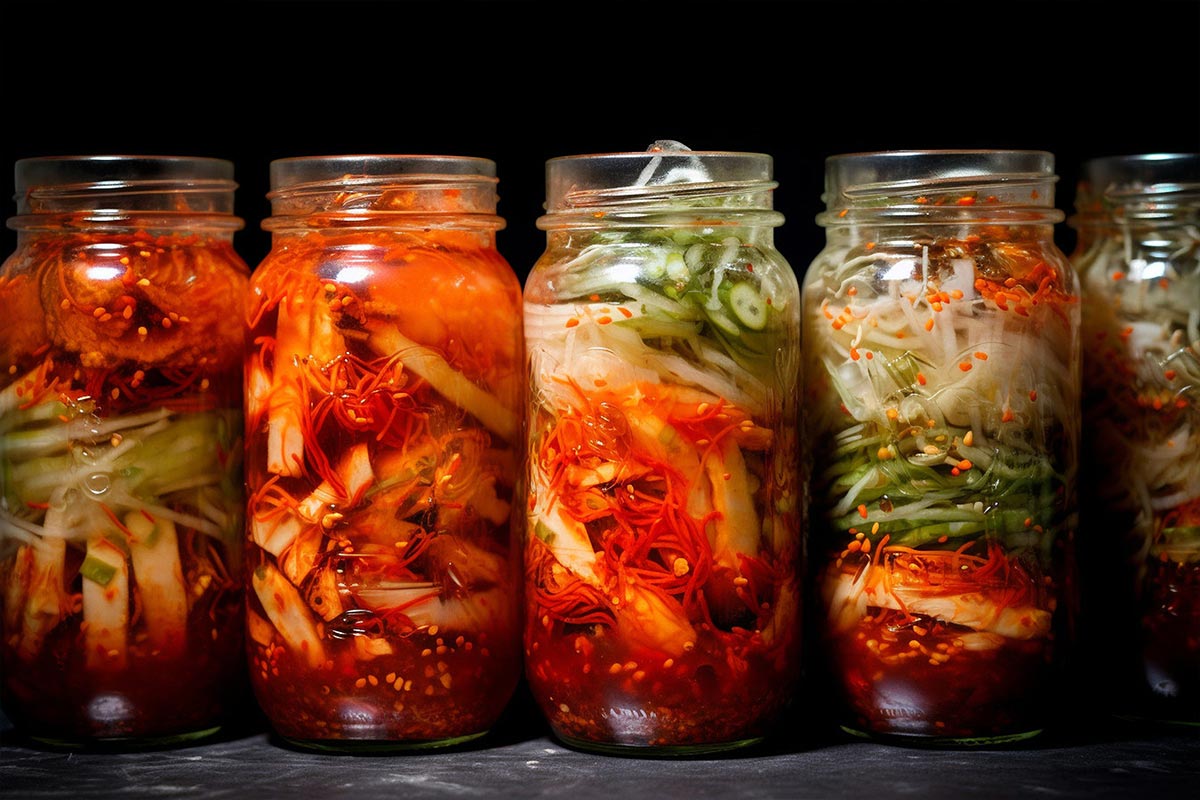In an era where wellness is the zeitgeist, the buzz around gut health is unmistakable.
The human digestive system, a complex web of organs, enzymes, and bacteria, is the theme of an ongoing health renaissance.
This post dives into the symbiotic relationship between prebiotics, probiotics, and food – a triad that’s redefining health from the inside out.
A Symphony Within
The gut, often referred to as the body’s “second brain,” performs feats that go beyond digestion. It is a thriving ecosystem where trillions of microorganisms reside, commonly known as the gut microbiome.
This intricate symphony plays a critical role in mental health, immune system function, and disease resistance. Prebiotics and probiotics are the conductors who keep this symphony harmonious.
Prebiotics: The Fertilizers
Prebiotics are non-digestible fibers that serve as fuel for probiotics, nurturing the good bacteria in the gut. Foods rich in prebiotics include certain fruits, vegetables, and whole grains.
A diet that prioritizes prebiotics can lead to enhanced mineral absorption, improved bowel health, and strengthened immune function.
Incorporating foods like garlic, asparagus, and bananas into your diet can significantly impact the diversity and health of your gut microbiome.
Probiotics: The Players
Probiotics are the live bacteria and yeasts that deliver a healthful boost to the gut. Commonly found in fermented foods like yogurt, kimchi, and sauerkraut, probiotics come in many strains, each with its own set of benefits.
Regular consumption of probiotics can result in better digestion, reduced inflammation, and even a more robust defense against pathogens. When choosing probiotics, look for those with a high colony-forming unit (CFU) count and a variety of strains for maximized impact.
Cultivating a Healthy Relationship with Prebiotics and Probiotics
To truly exploit the benefits of prebiotics and probiotics, it’s essential to understand how to integrate them into a balanced diet.
Harmonizing with Prebiotics
Incorporating prebiotics into your diet can be as simple as adding a handful of oats to your morning meal or snacking on a banana.
However, cooking certain foods can destroy some of their prebiotic content. Eating these foods raw or lightly cooked is often the best way to maintain their prebiotic potential. An easy-to-follow rule is to try for a diverse range of prebiotic sources throughout the week.
Choosing Probiotic Power
The world of probiotics can be overwhelming with its myriad of options. The key is to select products that are both high in the strains you want and suited to your needs.
For example, if you’re seeking to improve dairy consumption may not be ideal. Fortunately, many non-dairy options like kombucha and pickles are rich in probiotics.
A Call to Action for Your Gut Health
Understanding the synergy between prebiotics, probiotics, and food is the first step towards harnessing their health benefits. Integrating these elements into your dietary and lifestyle choices doesn’t have to be complicated.
Start by swapping out less nutritious options for those that support your gut health. Try new recipes, explore fermented foods, and more importantly, listen to your body as you make changes to your gut health regime.
To take your gut health game to the next level, incorporate a supplement like Truehope GreenBAC, which contains a rich blend of the eight bacteria our digestive tract needs most, as well as botanicals, algae, enzymes, and nutrient-rich ingredients in an easily absorbable powder formulation designed to maintain and promote a healthy digestive system.
Remember, the path to a healthier you often begins in the gut.
By nourishing this critical system with prebiotics, probiotics, and wholesome foods, you’re building a foundation for overall wellness that resonates through every fiber of your being.

